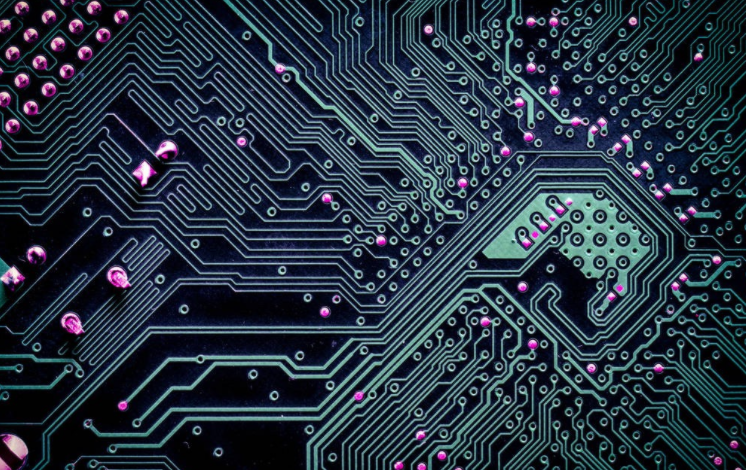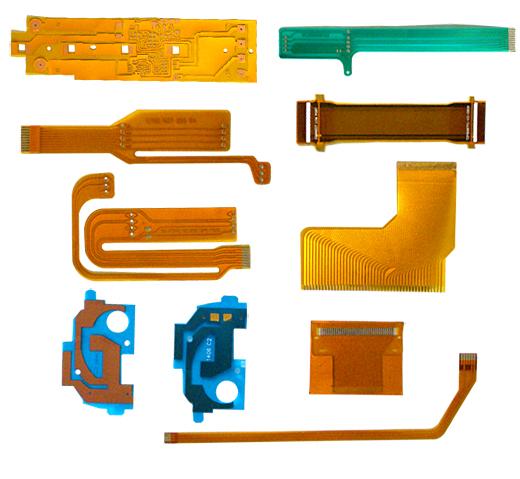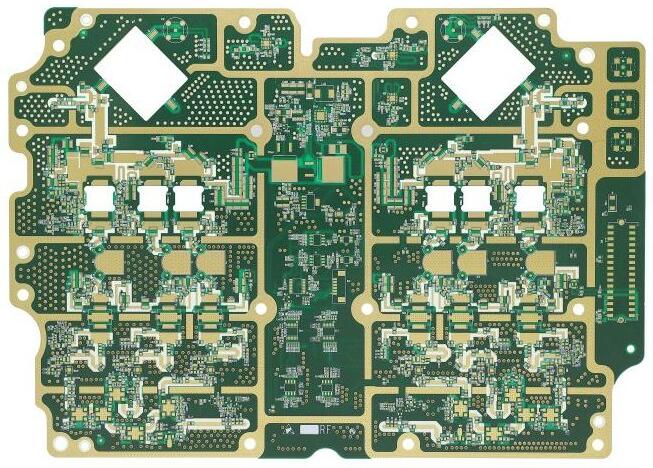
Discussion on PCB Design and Electromagnetic Compatibility
In the high-speed PCB design, EMC design is a key and difficult point This paper discusses how to reduce electromagnetic interference caused by conductive coupling and radiation coupling and improve electromagnetic compatibility from two aspects of layer design and layer layout Many reliability and stability problems of electronic products are caused by the failure of EMC design Common problems include signal distortion, excessive signal noise, unstable signal during operation, easy system crash, and poor anti-interference ability due to environmental interference EMC design is a quite complex technology, from design to electromagnetics
Layer configuration includes
The layer of PCB mainly includes power layer, ground layer and signal layer. The number of layers is the sum of the number of each layer In the design process, the first step is to organize and classify all sources, reasons, and signals, and deploy and design on the basis of classification Under normal conditions, different power supplies shall be divided into different layers, and different grounding planes shall also have corresponding grounding planes Various special signals, such as clock high frequency signal, need to be designed separately, and a grounding plane needs to be added to mask the special signal to improve electromagnetic compatibility Of course, cost is also one of the factors to be considered In the design process, a balance point should be found between the electromagnetic compatibility and cost of the system The first consideration of power plane design is the type and quantity of power supply If there is only one power supply, consider a single power plane In the case of high power requirements, multiple power supply layers can also supply power to different layers of equipment If there are multiple power supplies, you can consider designing multiple power supply layers, or you can divide different power supplies in the same power supply layer The premise of subdivision is that there is no crossover between power supplies. If there is crossover, multiple power supply layers must be designed The design of signal layers shall consider the characteristics of all signals Layering and masking of special signals is a limited problem to be considered Under normal circumstances, first use the design software to design, and then modify according to the specific details Signal density and special signal integrity must be considered in layer design Special information, if necessary, please ensure that the ground plane layer is designed as a mask layer Generally speaking, it is not recommended to use single-sided or double-sided design if it is not purely out of cost consideration Although single-sided and double-sided circuit boards are easy to process and cost-effective, in the case of high signal density and complex signal structures, such as high-speed digital circuits or analog digital hybrid circuits, because there is no special reference ground plane for a single panel, the ring is new in area and radiation Due to the lack of effective masks, the anti-interference ability of the system is also reduced After determining the signal and layer, the layout of each layer also needs scientific design

The layout design of the middle layer of PCB design follows the following principles:
1) Place the power plane near the corresponding grounding plane. The purpose of this design is to form a coupling capacitor and work with the decoupling capacitor on the PCB to reduce the impedance of the power plane and obtain a wider filtering effect.
2) The selection of reference layers is very important. In theory, both the power layer and the grounding plane can be used as the reference layer, but the grounding plane can usually be grounded, so the shielding effect is much better than the power plane. In general, the ground plane is preferred as the reference layer. Reference plane.
3) The key signals of two adjacent layers cannot pass through the partition. Otherwise, a large signal loop will be formed, leading to strong radiation and coupling.
4) In order to maintain the integrity of the ground plane, no trace shall be made on the ground plane. If the signal line density is too large, you can consider wiring at the edge of the power plane.
5) The ground plane is designed under key signals such as high-speed signal, pilot signal and high-frequency signal to minimize the signal loop path and radiation.
6) In the process of high-speed circuit design, it is necessary to consider how to deal with the radiation of power supply and the interference to the whole system. In general, the area of the power plane should be smaller than the area of the ground plane so that the ground plane can mask the power supply. In general, the power plane needs twice the dielectric thickness of the concave grounding plane. If the indentation of the power plane is to be reduced, the thickness of the dielectric must be as small as possible.
General principles for layout design of multilayer printed boards:
1) The power plane shall be close to the grounding plane and designed below the grounding plane.
2) The wiring layer shall be designed to be adjacent to the entire metal plane.
3) Digital signal and analog signal shall have isolation design. First, digital signals and analog signals must be avoided on the same layer. If it is unavoidable, analog signals and digital signals can be routed in different areas, and analog signal areas and analog signal areas can be separated by slotting and other methods. Digital signal area isolation. The same is true for analog power and digital power. In particular, the digital power supply has very large radiation, which must be isolated and shielded.
4) The printed line of the intermediate layer forms a planar waveguide, and the surface layer forms a microstrip line. Their transmission characteristics are different.
5) Clock circuit and high-frequency circuit are the main sources of interference and radiation, which must be arranged separately and away from sensitive circuits.
6) Stray current and high-frequency radiation current contained in different layers are different, so they cannot be treated equally when wiring.
The electromagnetic compatibility of PCB can be greatly improved by the number of layers, design and layout of layers The layer number design mainly considers the power layer and ground plane, high-frequency signal, special signal, and sensitive signal Layer layout mainly considers various coupling, grounding and power line layout, clock and high-speed signal layout, analog signal and digital information layout







